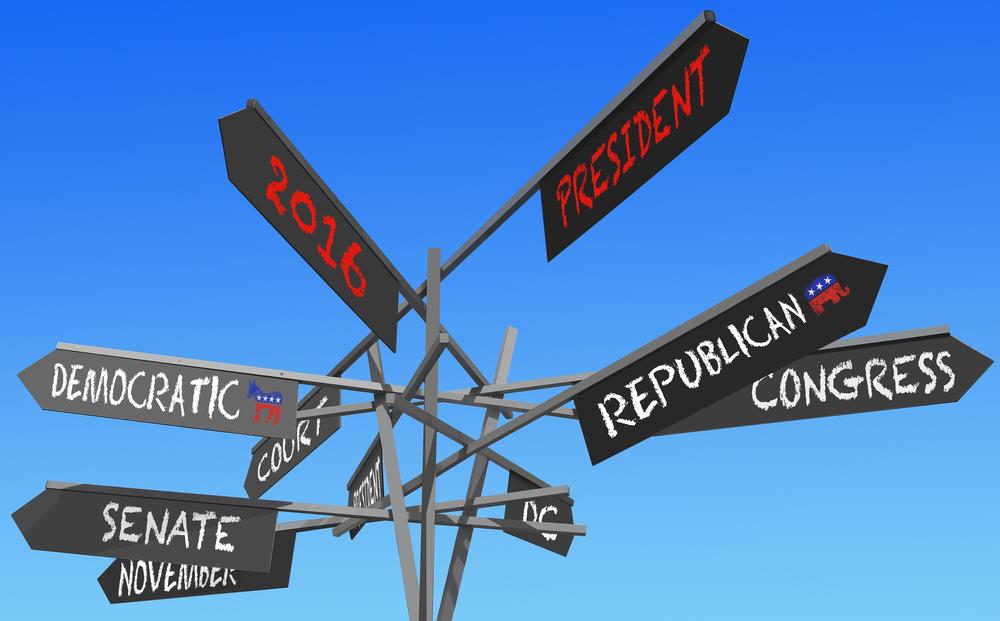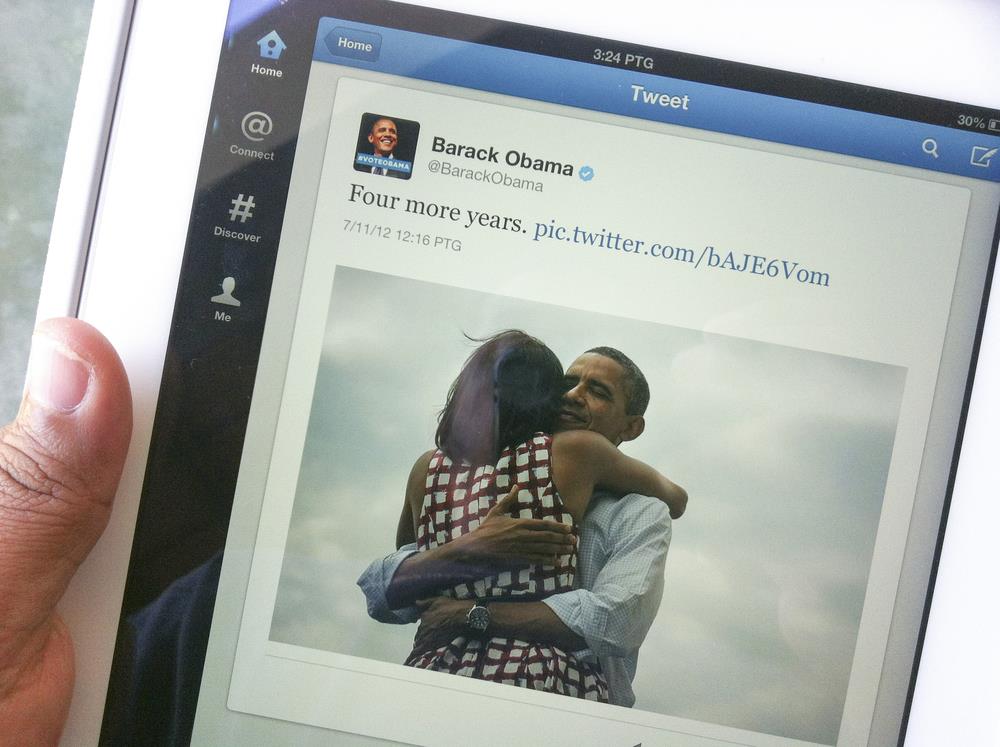What you can learn from the USA 2016 political campaigns and their use of technology
By 2002, the BlackBerry had displaced pagers to become the most essential business tool for ensuring ready availability and access to people and information. However, it wasn’t until the release of Apple’s iPhone in 2007 that most of us truly began to understand the potential for mobile information and the untethering of our electronic lives.
Those who are still wondering whether the mobile revolution is worth fighting for should consider that this year, 70 per cent of the US population actively uses the internet and 70 per cent of them do it via mobile devices. While the first smartphone is now a museum relic, smartphones are more essential than ever in delivering information and facilitating engagement.
What does that have to do with politics? Today, there are 23 candidates hoping to compete in the USA’s 2016 Presidential Election, all of whom are trying to find new ways to connect with and convince ever-distracted voters.

Effectively reaching the always-connected populace requires understanding the technology and viral nature of mobile social media channels. Candidates who learn to harness these technologies have the chance to win hearts and minds … and the dollars needed to run their campaigns.
Following what’s happening in this sphere, offers media players a good opportunity to monitor audience engagement with “brands” – in this case the politicians – and how this impact on the previous model of audience engagement with mass media brands at the centre.
The first campaign that “got it” and some who didn’t
It is widely recognised that the Obama campaign revolutionised the role of technology in winning elections. But Obama didn’t win the internet and a second term only through an adept use of technology. Rather, his campaign also demonstrated an understanding of complex behavioural networks and how to harness them for political activism. Social media replaced water cooler conversations, collapsing the model for political messaging and reducing reliance on mass media. It offered a more direct channel for delivering information, gathering opinions and building rapport directly with voters. The Obama campaign also demonstrated a superior understanding of data mining, behavioural modeling, and targeted communications, which all factored into the success of their get-out-the-vote efforts.

There are several notable examples from the past decade where campaigns in the US were over in a digital instant, mostly because they did not understand the flash-fire nature of delivering content via mobile devices.
Although it predated the explosion of social media channels, Howard Dean’s 2004 “scream heard ‘round the campaign” has become a common internet meme.
Mitt Romney’s 2012 campaign was eventually killed by his remark about “binders full of women” at the presidential debate and was parodied on Tumblr, Twitter and Facebook. And his remarks about 47 per cent of Americans being victims, recorded on a smartphone before that debate, demonstrated that reconciling what you said and what you meant are harder after a million YouTube views.
2016 and the mobile mindset
The variety of mobile internet devices (over 4,000) is a story in itself. With an estimated two-thirds of Americans now tracking campaigns online, optimising digital and mobile strategies has become a serious measure of the relevancy of a candidate. Pew Research notes “66 per cent of social media users actively engage in political activism online…estimating that is the equivalent of 39 per cent of all American adults.” Among the 60 per cent of all eligible voters who turn out on Election Day, the number who are engaged mobile users is quite high. It’s also worth noting that young people who are politically active online are twice as likely to vote.
No longer playing catch-up, today’s presidential candidates are projected to spend 14-18 per cent of their total budget deploying mobile digital strategies in their campaigns. Time spent on mobile devices is increasing but the average attention span for digital media is now estimated at 8 seconds.
A successful multi-pronged digital strategy has to demonstrate a mastery of collecting and analysing big data.
Today’s campaigns are using cloud infrastructure to support mobile initiatives. A quick internet search reveals more than 25 web-based political campaign software packages to support event calendars, manage contacts and take donations, all purporting to be designed for mobile, or at least mobile friendly.
Geo-targeting, utilising mobile device location features to know where your audience is, enables nuanced messaging to specific audiences. With 70 per cent of consumers willing to share location information in return for something of value, the strategic challenge includes identifying what that value is and how to deliver it.
Perhaps most important for a thriving campaign are mobile donations. Laura Olin, the digital campaign manager (whose team raised US$690m) for Obama 2012 said “making a campaign mobile-friendly is important…including dipping into people’s wallets.”
When you are working with an average attention span of 8 seconds, you need to make sure mobile users can donate with one click and encourage their friends to as well.
While not an election campaign, 74 per cent of text donors in the “Text to Haiti” campaign say that donating to Haiti earthquake relief was the first time they had used their phone’s text messaging function to make a donation to an event, cause or organisation.
What goes around goes around
While campaigns will be fought in the digital arena with candidates trading barbs and Vines via Twitter, they will not be won there. A digital strategy for a presidential campaign demands complex behavioural analytics and a savvy technical team to deploy sophisticated, targeted strategies to reach voters and raise money. The constantly connected age of the “Fifth Estate” will be instructing the campaigns, voting with their short attention spans and sharing the aspirational and inspirational alongside the buffoonery and blundering.
The stories for 2016 campaigns are not yet written, but you can be assured, they will be shared.
More like this
What can publishers learn from the airline industry?
What publishers can learn from Taylor Swift
Selling sexy: What advertisers can learn from publisher’s most popular videos







